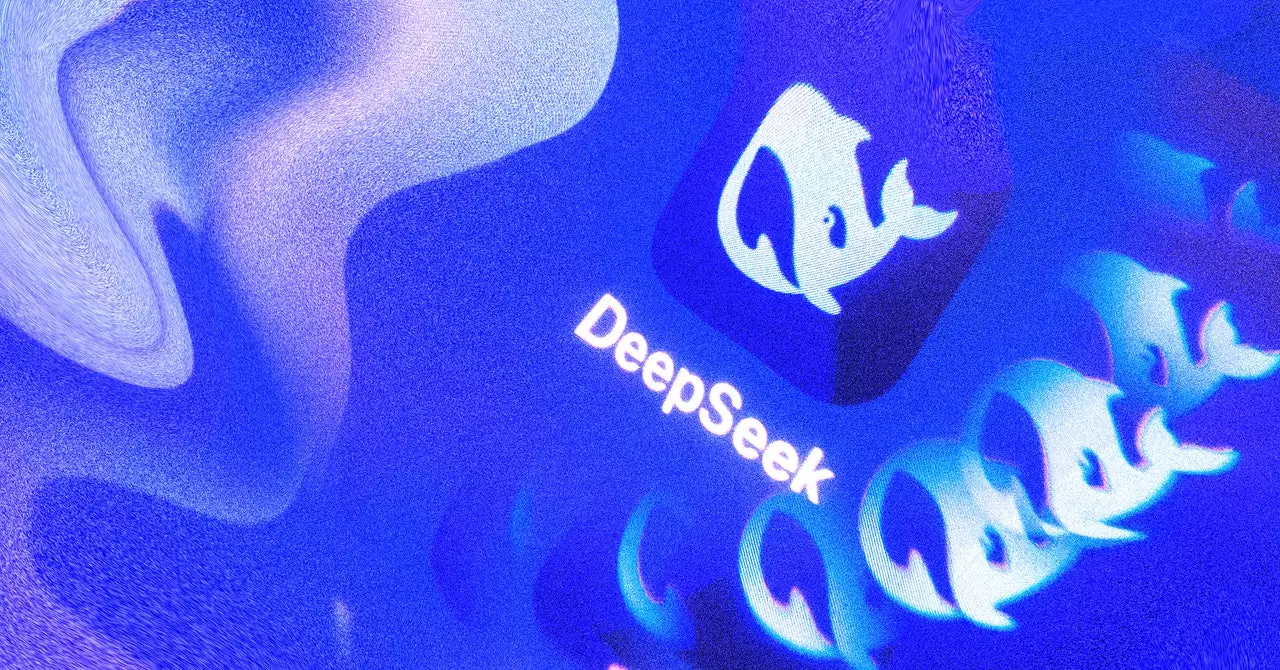The field of artificial intelligence is undergoing remarkable transformations, particularly with the introduction of new models by companies like DeepSeek. Although the precise costs associated with the development of DeepSeek’s latest models remain uncertain, the implications of these advancements are significant enough to capture widespread attention in both academic and business communities. The interplay between innovation, competition, and economic impact is complex, requiring a deeper analysis of what these developments mean for the landscape of AI.
While it has been suggested that the cost to develop DeepSeek’s models could range from $6 million to a staggering $60 million, the reality may be more nuanced. Umesh Padval, a managing director at Thomvest Ventures, articulates a critical point: regardless of the actual figure, DeepSeek’s efforts can exert considerable pressure on other companies focusing on consumer-oriented AI solutions. In an industry where profit margins are continually scrutinized, the introduction of high-performance yet potentially cost-effective models could prompt a reevaluation of financial strategies across the sector.
Investors and industry players are keeping a close eye on how these developments will influence pricing structures within the market. Companies may face a dilemma: either invest in developing competitive models themselves or leverage existing technologies to maintain market relevance. Padval notes that the innovations from DeepSeek may ultimately be beneficial, offering firms the chance to reduce expenditures on AI while still achieving technological advancements. This dynamic reflects a broader trend in the tech industry towards more open and collaborative approaches to research and development.
At the heart of DeepSeek’s recent technological strides is a technique known as model distillation. This methodology allows engineers to use the outputs of larger, more complex models to create smaller, more efficient ones without sacrificing performance. Ghodsi from Databricks highlights the appeal of such methods, which not only lower costs but can also streamline the development process for organizations looking to implement AI solutions effectively.
Interestingly, distillation showcases a shift toward more versatile AI deployment strategies, emphasizing not just the construction of ever-larger models but the thoughtful adaptation of existing ones. This method might enable smaller firms to harness the advances made by larger companies without needing to bear the full brunt of the associated costs. However, concerns remain regarding the reliability and ethical implications of depending on models developed in different geopolitical contexts, particularly when sensitive tasks are involved.
Adding to the growing complexity is the increasing interest from firms like Perplexity in utilizing models such as DeepSeek’s R1. While there are clear benefits to utilizing cutting-edge AI for coding tasks and agent reasoning, as noted by Replit’s CEO Amjad Massad, there are also performance nuances to consider. Despite R1’s impressive capabilities, Massad admits that alternatives may still excel in certain areas, specifically in complex engineering tasks. Such diversity in performance underscores the importance of continued experimentation and adaptation in AI development.
Moreover, DeepSeek’s newest models—R1 and R1-Zero—boast functionalities that allow advanced reasoning similar to their peers at OpenAI and Google. The ability of these models to deconstruct complex problems indicates that upcoming advancements in AI may not solely focus on sheer scale, but also on methodological sophistication and the automation of problem-solving processes.
Another pressing issue that surfaces in the discussion of DeepSeek’s technology is the hardware involved in creating these models. Recent research papers suggest access to advanced Nvidia chips, specifically the A100 and H800 models, put the company in an advantageous position. However, these capabilities raise important questions regarding the geopolitical environment surrounding AI technology and its components.
The imposition of U.S. export controls and restrictions aimed at China raises concerns about the future of technology transfer and collaboration. DeepSeek’s ability to navigate these constraints while still access cutting-edge hardware is a notable feat, yet it also reflects the intricate web of challenges facing AI firms operating on a global scale. As Clem Delangue of HuggingFace predicts, the rapid pace of innovation, particularly in open-source AI realms, indicates a competitive landscape that will likely be shaped by the flexibility with which companies can adapt to these industry-wide shifts.
The emergence of DeepSeek’s models highlights both the potential and complexities inherent in the latest advancements in AI technology. The uncertainty around development costs contrasts sharply with the tangible benefits that these innovations could offer to organizations striving to remain competitive in a fast-evolving marketplace. As firms explore the integration of sophisticated AI models, they must navigate an ever-shifting landscape marked by technological, economic, and geopolitical factors. The ongoing evolution of AI will undoubtedly be influenced by these dynamics, paving the way for a future where cost-efficiency, ethical considerations, and collaborative advancements intertwine in shaping the next generation of artificial intelligence.

